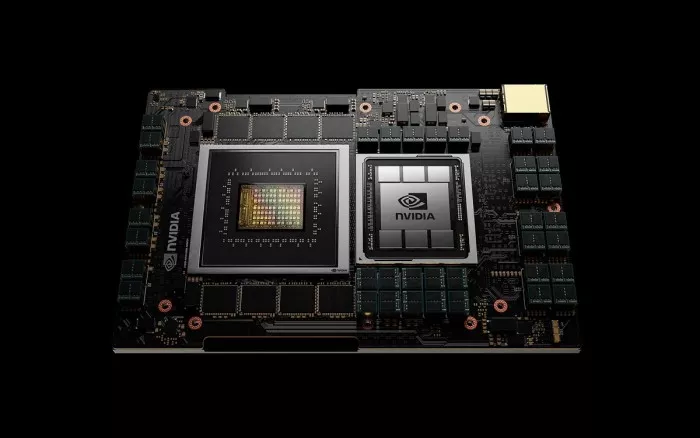In September 2020, NVIDIA Announced That It Would Buy Arm From Softbank For $40 Billion In Cash And Stock. After A Long Tug Of War With Relevant Regulators, NVIDIA's Ambitious Plan Was Hit. On February 8 This Year, NVIDIA Officially Abandoned The Acquisition Of Arm.
In Fact, Before Giving Up The Acquisition Of Arm, NVIDIA Has Begun To Create A CPU Design And Engineering Team In Israel And Plans To Recruit Hundreds Of Engineers, Including Hardware, Software And Architecture Talents, To Carry Out R & D Work With Other Teams Related To Network And HPC Technology. According To Wccftech, NVIDIA Recently Poached IntelRafi Marom, The Design Manager Of, An Architect Who Has Participated In The Development Of Tiger Lake And Alder Lake, Will Serve As The Senior CPU Director Of NVIDIA. Rafi Marom Will Continue To Stay In Israel And Become One Of The Main Principals Of NVIDIA Arm Architecture CPU Research And Development In The Future.
With The Intensification Of Market Competition In The Semiconductor Industry And The Lack Of Sufficient High-level Technicians, Mutual Poaching Has Become A Common Means To Find Talents, Which Can Not Only Enhance Their Own Strength, But Also Weaken The Competitiveness Of Each Other. In Order To Reduce The Turnover Rate Of Employees And Attract New Talents, Intel Has Previously Approved US $2.4 Billion (US $1 Billion In Cash + US $1.4 Billion In Shares) To Motivate Employees, Including But Not Limited To Salary Structure, Increasing Performance Budget, Providing Differentiated Bonuses For Those With Excellent Performance, Increasing Ticket Rationing, Etc. Although Intel Has Attracted Former amd, Raja Koduri, The Chief GPU Architect, And Anton Kaplanyan, Who Was Once Responsible For The Development Of DLSS Technology, But This Seems To Have Failed To Completely Prevent Competitors From Poaching.
Previously, Mr. Huang Renxun, CEO Of NVIDIA, Said That The Failure To Acquire Arm Will Not Affect NVIDIA's Strategy. In The Future, It Will Still Develop A Series Of CPUs Based On ARM Architecture For Different Application Fields, And Plans To Bring The Full Range Of Its Accelerated Computing Platform To Arm Architecture CPUs. In The Future, It Will Continue To Promote The Three Chip Strategy Of CPU, GPU And DPU.

